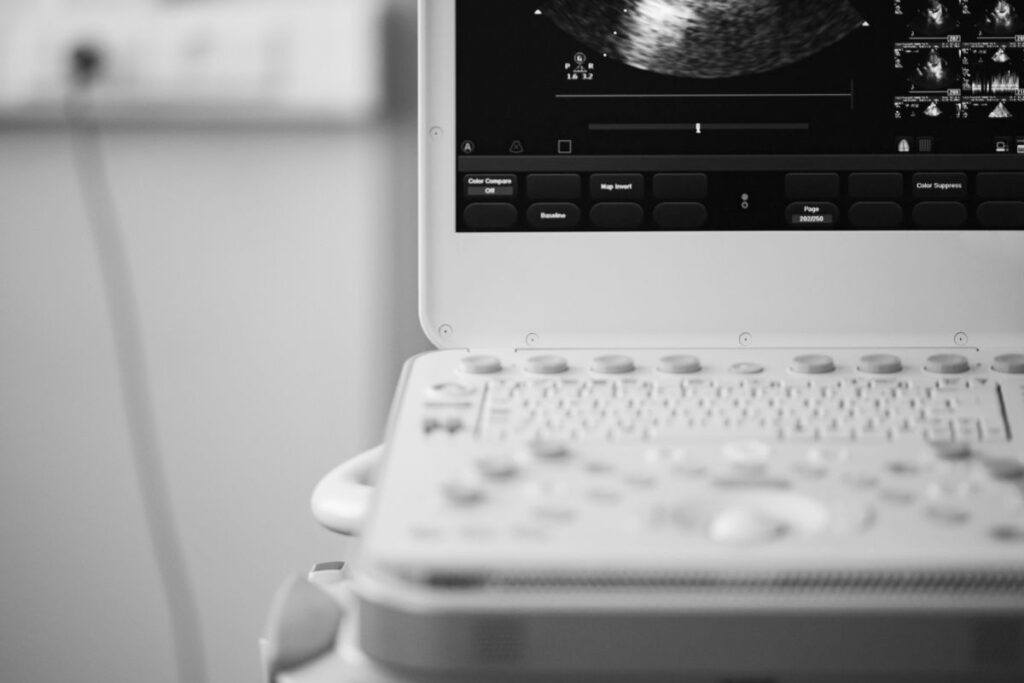It sounds so easy, doesn’t it? The abortion pill. Take a pill, and it’s over. Except it isn’t one pill, and it isn’t that easy.
The abortion pill is known by several different names. Self-managed abortion, RU-486, chemical abortion, and medication abortion are all names for this method.
No matter what it’s called, abortion is a major medical procedure.
You have the right to know what you are putting in your body and its side effects and risks. If no one else will tell you, we will.

Disclaimer: The information presented on this website is intended for general education purposes only and should not be relied upon as a substitute for professional and medical advice.
Before the abortion
It’s essential to confirm your pregnancy before you make your appointment.
Even if you’ve taken an over-the-counter pregnancy test, you should verify the pregnancy with a second test.
Many times the at-home tests are taken too soon, or the directions aren’t followed carefully.
The abortion pill is only available to women who are less than 10 weeks pregnant. If you aren’t sure about the date of conception, you need to have an ultrasound.
(And even if you think you’re sure, it’s always safest to have an ultrasound to be certain.)
Not only will an ultrasound tell you how long you’ve been pregnant, but it will also tell you if your pregnancy is viable. A viable pregnancy means a heartbeat was detected, and you haven’t miscarried.
Read next: Can you still get an abortion in Missouri?
Have you miscarried?
Did you know that up to 20% of known pregnancies end in a natural miscarriage?
The Mayo Clinic says the actual number could be higher because many pregnancies end before a woman even knows she’s pregnant.
The only way to know if you’ve actually had a miscarriage is with an ultrasound. Luckily, the Pregnancy Resource Center offers free limited OB ultrasounds under the supervision of an M.D.
An ultrasound will also rule out an ectopic or tubal pregnancy, which means the fetus has implanted somewhere other than your uterus. This poses a serious risk to your health and should be checked by a medical professional immediately.
It’s important to note that the abortion pill will not ‘resolve’ or take care of, an ectopic pregnancy.

Taking the abortion pill
As we said earlier, the abortion pill isn’t just one pill, and you’re done. It’s a series of drugs.
Your body needs progesterone to help the embryo implant and grow once fertilization has occurred. When you take the first drug of the abortion pill procedure, mifepristone (Mifeprex®), it blocks progesterone production.
This causes the lining of your uterus to thin and prevents the embryo or fetus from staying attached.
You are given the second drug, Misoprostol, to take hours or even days at home after the mifepristone. Misoprostol causes your body to cramp to expel the embryo or fetus.
Taking the second drug at home is why the procedure is sometimes referred to as a self-managed abortion. In other words, you’re left alone to finish the abortion on your own.
Risks and side effects of the abortion pill
The Mayo Clinic lists these as potential risks and side effects of the abortion pill method:
- Abdominal cramping as your uterus contracts to pass the embryo or fetus.
- Heavy bleeding with blood clots also occurs due to the passing of the embryo or fetus.
- A fever, which could indicate a pelvic infection and should be checked by a medical professional.
- Occasionally, medication abortion is incomplete, which may require a surgical procedure.
- A range of emotions — such as loss, sadness, and guilt.
What are your options?
There are other options besides abortion for your unplanned pregnancy.
You can hit the chat button on this screen to schedule your appointment for a free pregnancy test and limited OB ultrasound.
At your appointment, we can sit down and talk about all of your options to find the best solution for you.
We’re offering real hope and real help. Connect with us today.
Read next:
